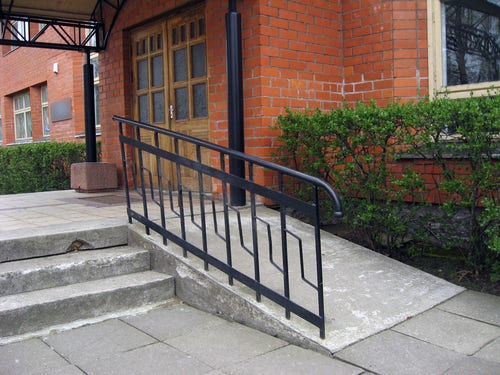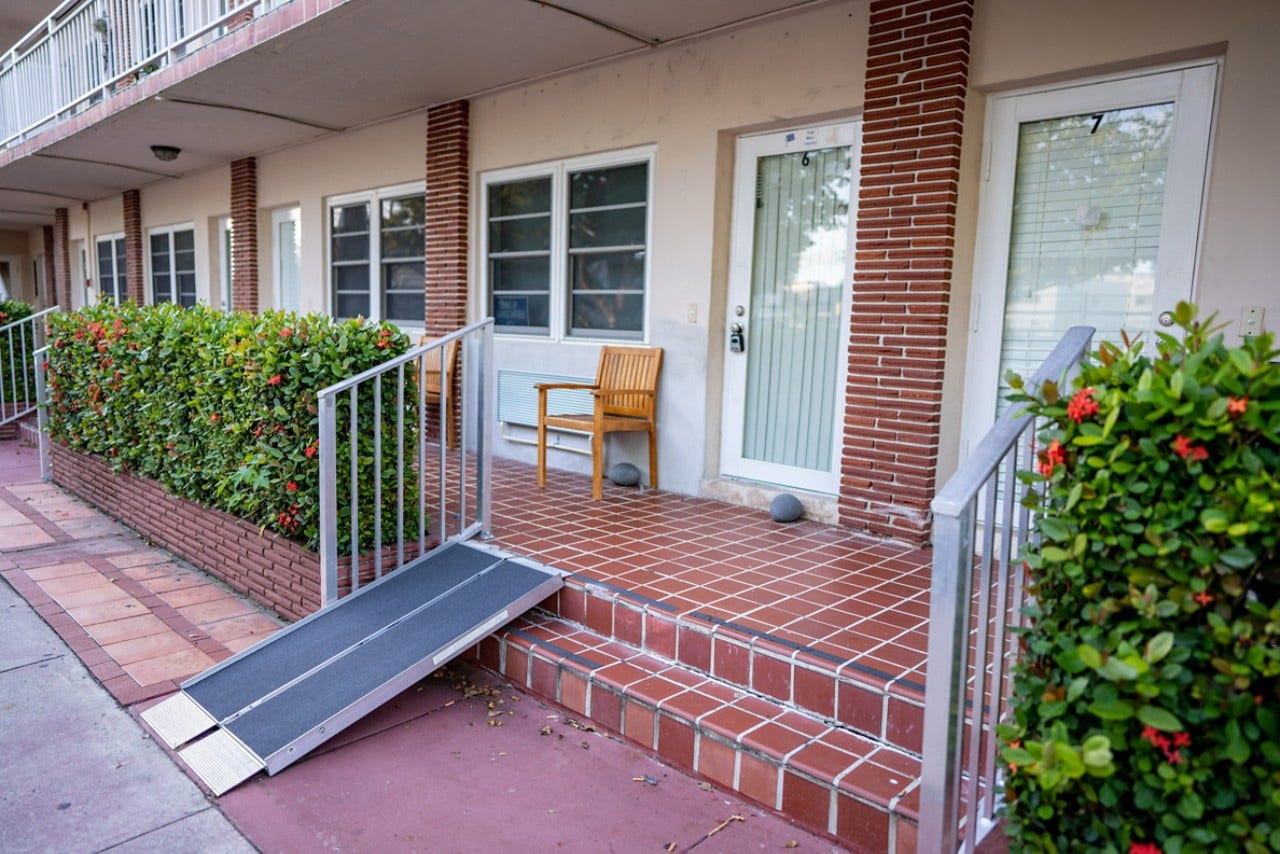
Building a Temporary Wooden Wheelchair Ramp
Distressed that there are no quick and easy solutions for making your home wheelchair accessible?
While portable ramps can be bought off-the-shelf, they are not as sturdy or safe as a permanent ramp.
There is a solution: Build a temporary wheelchair ramp out of wood. A well-constructed wooden ramp provides stability, convenience, and autonomy without the permanence of a ramp made from concrete.
By the end of this article, you will learn what you need to know about building a temporary wheelchair ramp.
Before Building a Temporary Wheelchair Ramp
Before building a temporary wooden wheelchair ramp, it's important to consider its use. Temporary ramps are great for short-term use when visiting family or while planning for a more permanent ramp.
Cost can be a factor. While a DIY ramp can cost less than $100 per foot in length, hiring a contractor can cost more. A contractor will save you time. Doing it yourself will save you money.
Make sure you check for any permits or approvals you'll need before you build. Local code will have certain requirements depending on your ramp's design. Your home owner's association may need to approve your plans and materials too.
Remember that even if you believe you are building a temporary wheelchair ramp, it may require concrete footings or to be anchored to the building depending on its size.
Have your approvals in place before you buy any materials. Local code will always win.
How to Build a Ramp for a Wheelchair
Building a wheelchair ramp isn't the same as building a quick ramp to move equipment in and out of your shed. Careful design planning is important to make your home accessible and to keep everyone who uses the ramp safe.
First, plan for the wheelchair you need to accommodate. Wheelchairs come in a variety of types. The platform width needs to provide adequate clearance.
Next, it will be helpful to build in sections depending on the length. Longer ramps may need small adjustments and having modular sections will allow you to make changes if your design isn't perfect.
Plan for the slope. A slope that is too steep will be difficult to use. A slope that is too gradual will make the ramp too long.
Calculating the slope will help you determine material costs.
There are two major transitions to plan for as well: where the ramp meets the ground and where the ramp meets the landing. Too large a gap at the wheels won’t make it up onto the ramp or onto the landing.
Make sure that there is enough space for the wheelchair to stay on the landing while opening the door, especially if it swings out toward the chair.
Final Wooden Wheelchair Ramp Considerations
Again, while you plan to build a temporary wheelchair ramp, safety and accessibility should come first. Consider the conditions this ramp will be used in. Bad weather?
If there is handicap parking, will the ramp be easy to reach? While a raised edge might seem safe enough, how "temporary" will this ramp be? Handrails may be a better choice.
Overall, be realistic with yourself. Can you build it alone or would it be safer to hire a pro? You want to get it right the first time.
If this article helped in building a wheelchair ramp, keep reading our blog for more excellent articles.

Related Articles:



